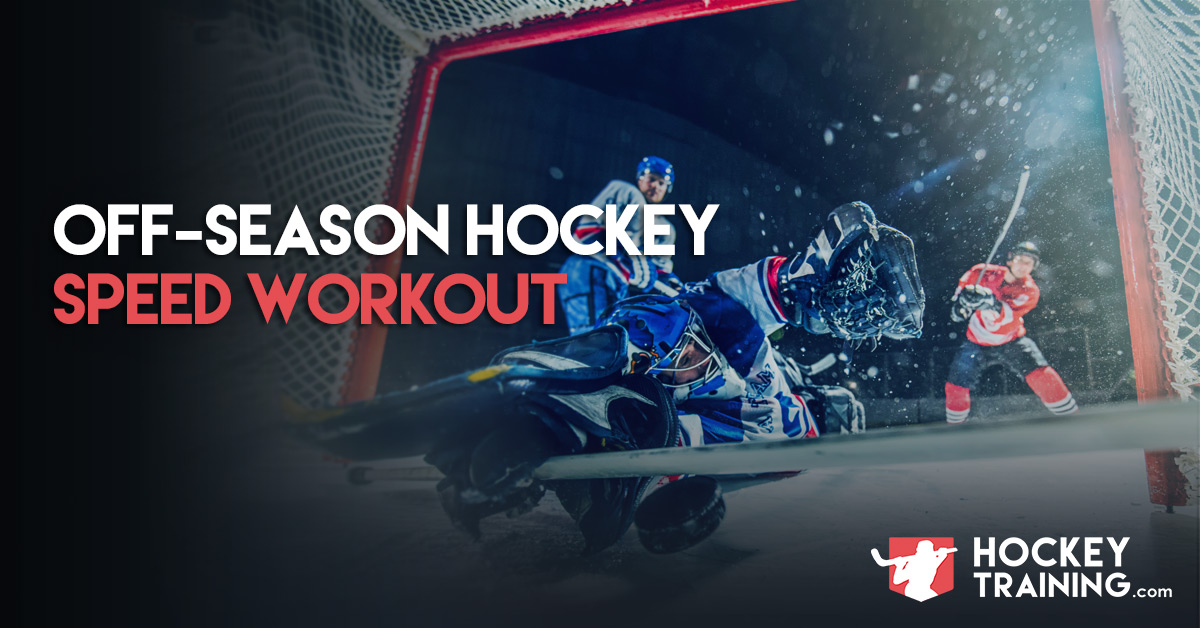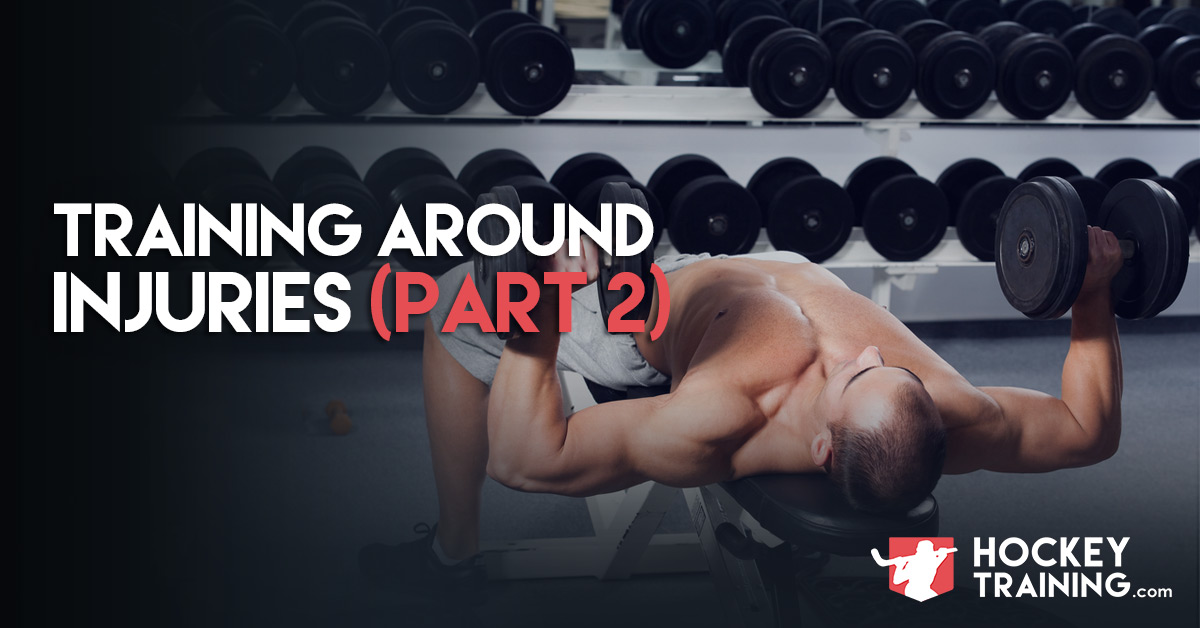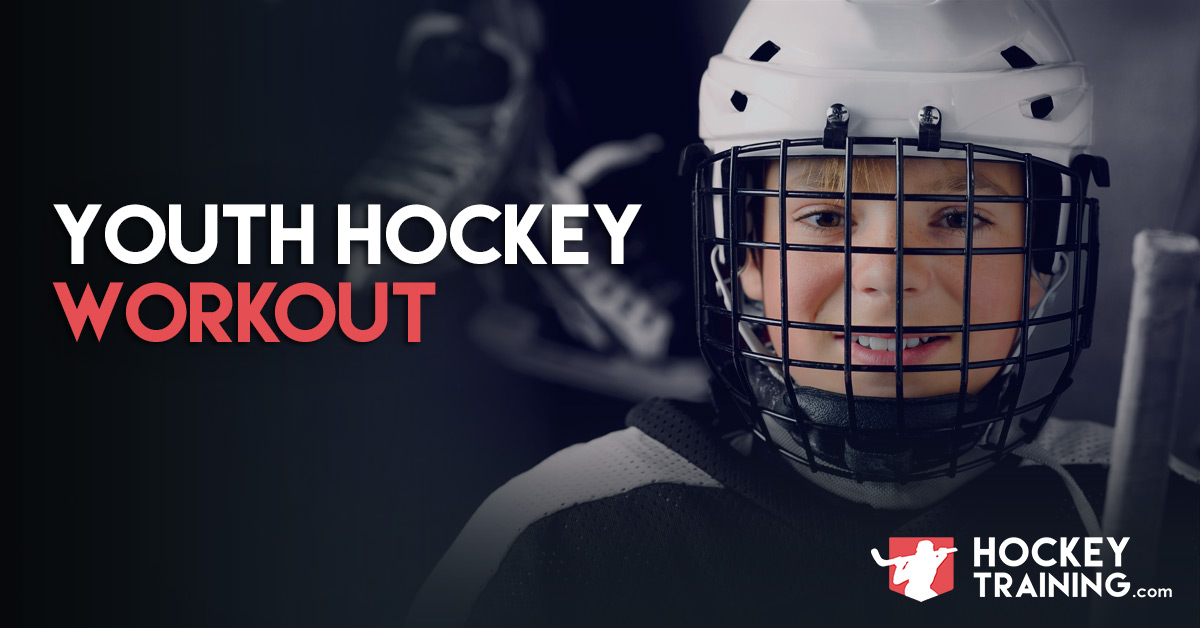Hockey speed has always been a popular topic here at hockeytraining.com. We get asked on a weekly, and sometimes daily basis what is the best thing an athlete can do for speed development.
The answer to this is quite complex, as speed is a physical quality an athlete gains through a variety of proxy measurements, the most relevant for hockey players including:
– Genetics
– Training age
– Warm up type
– Mobility
– Strength training
– Relative strength
– Structural balance
– Stride length vs. Stride frequency
– Top speed
– Acceleration
– Starting speed
– Energy system conditioning
– Nervous system capability
– Technique
Understanding this, it’s always wisest to look and see where you are weakest in the chain. If you have poor mobility, a mobility routine could be the thing that unlocks your speed potential and not “speed training” out on the ice or in the field.
Or, perhaps your top speed is great, but your acceleration is incredibly poor so your “take off” speed is reduced. In this case, you could benefit greatly from some total body power development work such as contrast training, as opposed to going outside and pushing a sled around.
Everything is a little confusing in the world of speed because people generally like simple equations.
1 + 1 = 2
But in the hockey speed world, there are no equations. You need to find your weak link in the chain and work on that because you are only as fast as your weakest attribute. In this world, apples can be oranges, and oranges can be grapes. But in the end, they are all fruit. Likewise, mobility, top speed, stride length, and structural balance are all different physical characteristics. But in the end, they all work to development on-ice speed.
You need to find your weak link in the chain and work on that because you are only as fast as your weakest attribute. In this world, apples can be oranges, and oranges can be grapes. But in the end, they are all fruit. Likewise, mobility, top speed, stride length, and structural balance are all different physical characteristics. But in the end, they all work to development on-ice speed.
Mathematical fruit analogies behind us, let’s assume you’re a blank canvas and you have no weak links in the chain, how would we go about creating an offseason speed workout for you?
As the saying goes, there are many ways to skin a cat. But to try and simplify things, here are some major pointers for you:
- If there’s one thing I know for sure about hockey training, it’s that on-the-ground sprinting correlates to on ice speed development
- It’s a very good idea to incorporate some form of unilateral (single leg) work in your workout in one way or another so that you do not have an overly dominant leg and can explode off either leg out there on the ice
- You should always include some form of high power output movements such as jumps or medicine ball throws
- Speed training is not about being out of breath and being exhausted, it is about training for maximum force output. It’s very important you understand that speed development is different that conditioning development. For conditioning you’re supposed to be tired because we are trying to increase your capacity for force output and not your force output potential. Put more simply, the only way to train for speed is to move really fast and be really explosive, how do you expect to do this in a fatigued state? You can’t, that’s why jogging doesn’t do crap for speed development but is an excellent tool to use for aerobic development. In this case, apples are not oranges
Hockey Speed Workout Example
Knowing the above, here’s what a typical workout should look like:
Begin the session with a dynamic warm-up and some light tempo runs. Then, move into the workout:
A: Mountain climber sprints 8 x 25yds with 75secs rest between sprints
B: Backpedal sprints 5 x 15yds (back up 5 yds, then technically run 20yds to the 15yard line)
C: Knee up sprints 8 x 20yds with 75secs rest
There’s more than meets the eye here, notice how “A” exercise is unilateral for complete lower body development. “B” is a very high force output sprint causing you to overcome your own inertia. “C” forces you to explode up, creating a high-power output effect and power increase training quality. Lastly, you are given plenty of time in between sets to return to a full recovery so that you can exert your greatest amount of force output again; this is a speed workout and not a conditioning workout so we want that additional rest.
To watch this exact workout and some further exercise selection detail, check out this video we did showing you how it’s done:
And that’s the basics of it!
Of course, there are a variety of different exercises to choose from and varying progressions that you should make throughout the off-season, for more information on speed training or how I put together the off-season training for hockey players check out Next Level Speed and Off-Season Hockey Domination.









